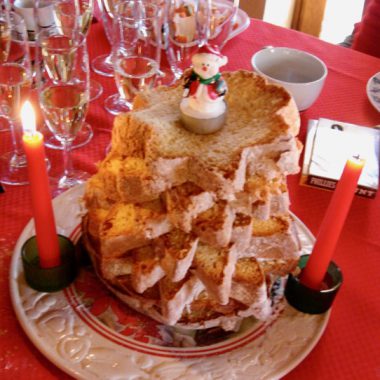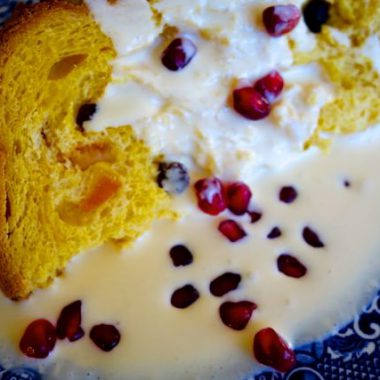Directions
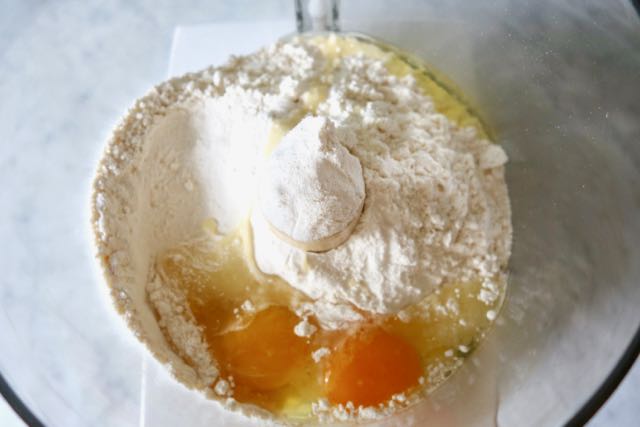
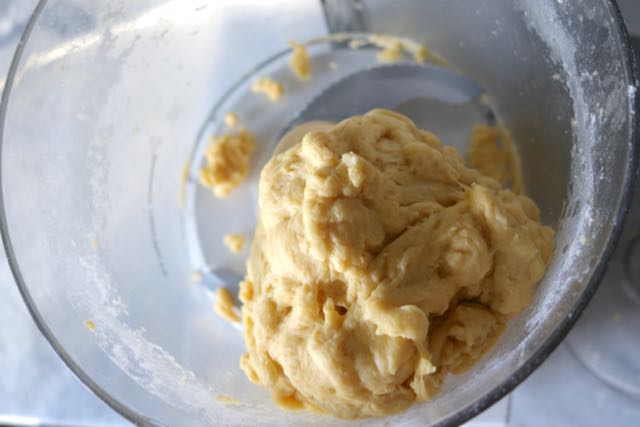
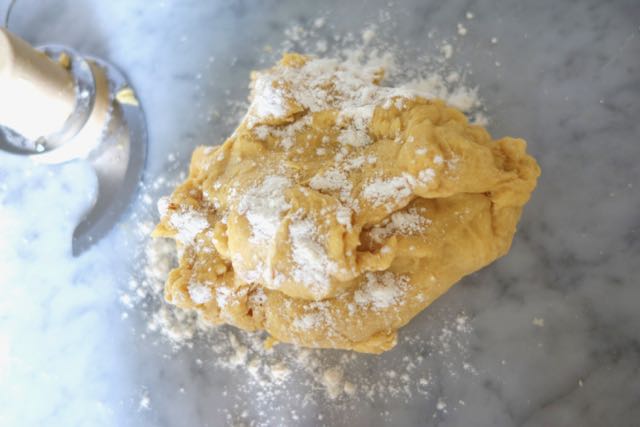 .
. 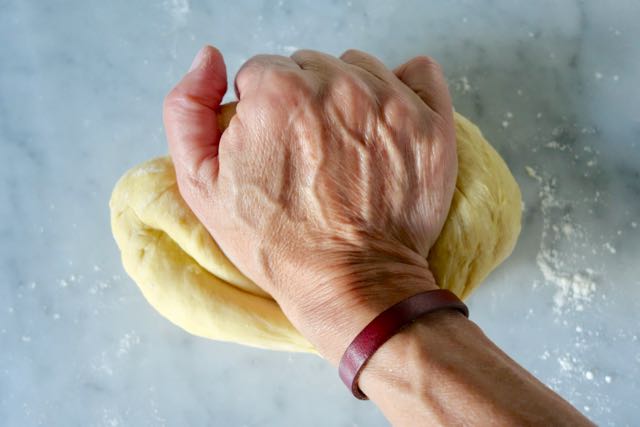
1.MAKING THE DOUGH WITH A FOOD PROCESSOR
If you own a KitchenAid mixer or a food processor to form and knead the pasta dough skip the following step MAKING THE DOUGH BY HAND and go to directly to step number 3.
2.MAKING THE DOUGH BY HAND (watch video )



Place the flour in a volcano-shaped pile on a work surface , in the center make a well large enough to receive the eggs. Crack the eggs into the well. Beat the eggs with a fork for 1-2 minutes, then gradually blend the flour into the eggs, starting from the inner wall of the well and continuing until all the flour and the eggs are completely combined. You have to add flour until the dough is no longer sticky (you may have to use extra flour or add some water one Tbs at a time, depending on the absorption characteristics of the flour and on the temperature of the room).


Knead the dough for about 15 minutes to form a smooth and elastic ball. This procedure helps develop the gluten in the flour, so your pasta will be springy and al dente when it is cooked. Wrap the dough with a kitchen towel or a plastic sheet and let rest for about 20/30 minutes at room temperature. Divide your pasta in 4 equal parts and roll out one part at a time (keeping the rest in a plastic wrap until ready to work).
3.ROLLING OUT BY MACHINE. A hand-cranked pasta machine is the best to use. Kids especially love this part. Start out using the widest setting. Run the pasta through for about 6-7 times until the dough is smooth. If the sheet tears, dust it with flour. Continue to run each sheet through the machine, reducing the thickness a notch at a time, until you reach the desired thickness and you can see your hand through it (for lasagne notch 6 -last one- and tagliatelle notch 5). Then, switch to the tagliatelle setting. Dry your tagliatelle on a pasta drying rack. If you don’t have a baking rack lay them on a floured table cloth, turning them every now and then. <The rack will allow air to flow on both sides of the pasta, so it will dry more quickly and evenly. In either case, however, it is a good idea to turn the sheets over every once and while so they dry evenly; the top will always dry more quickly than the bottom, even when using the rack.>
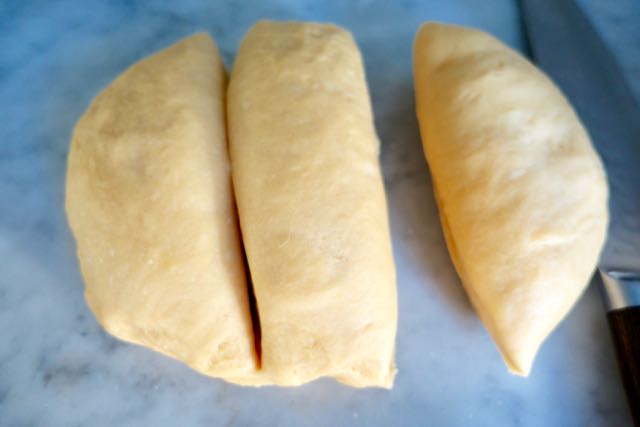
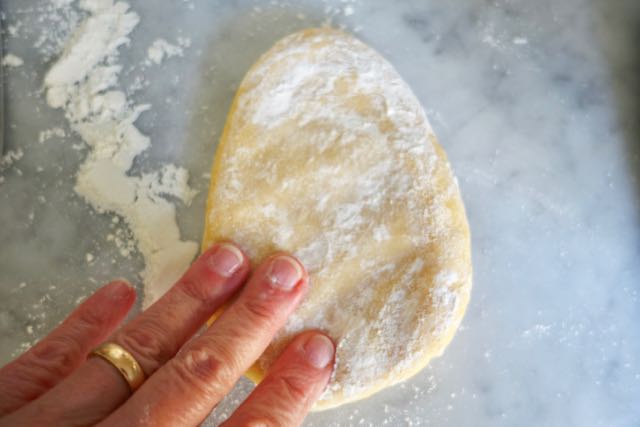
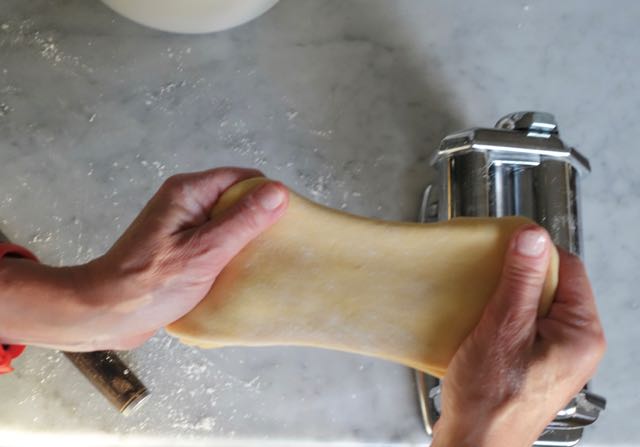
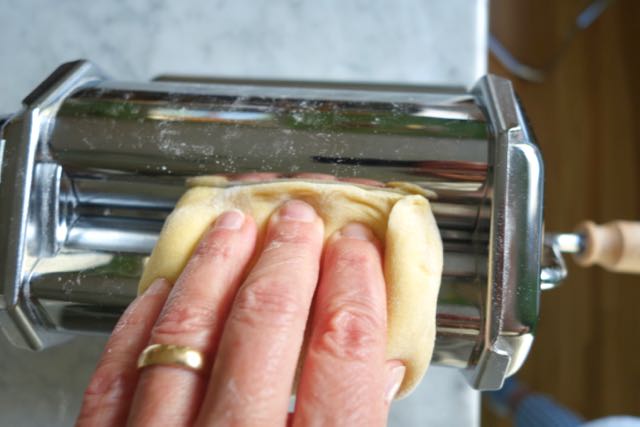
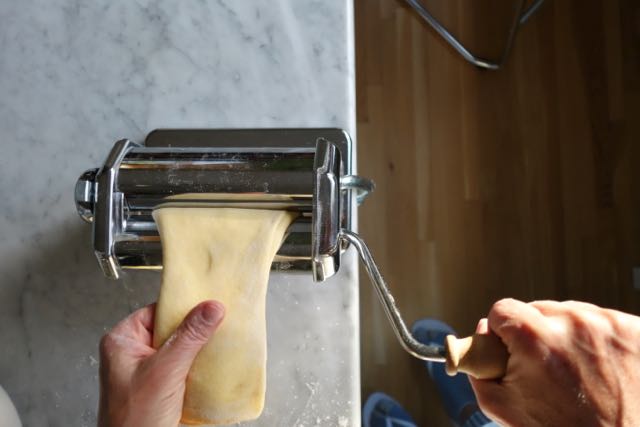
start from the thicker set, roll,
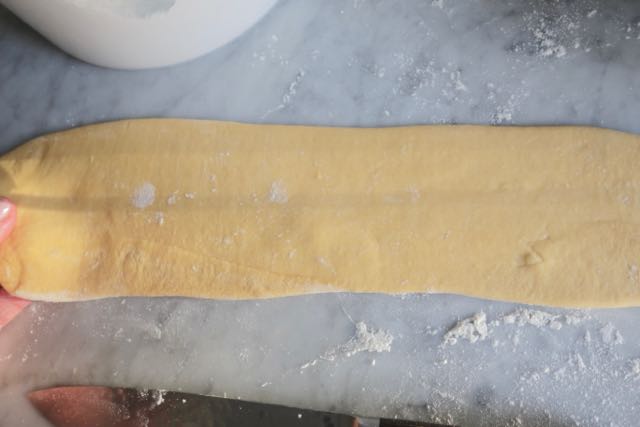
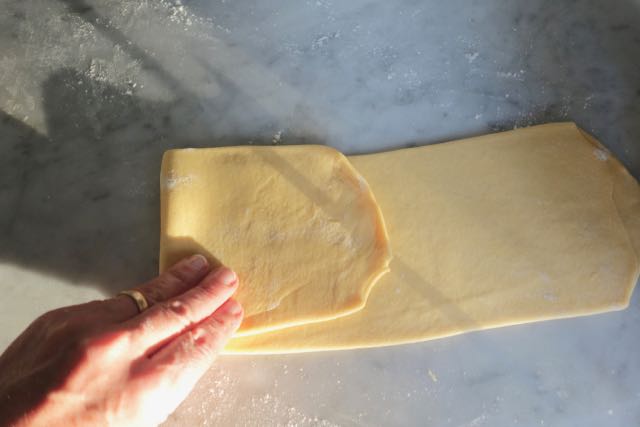
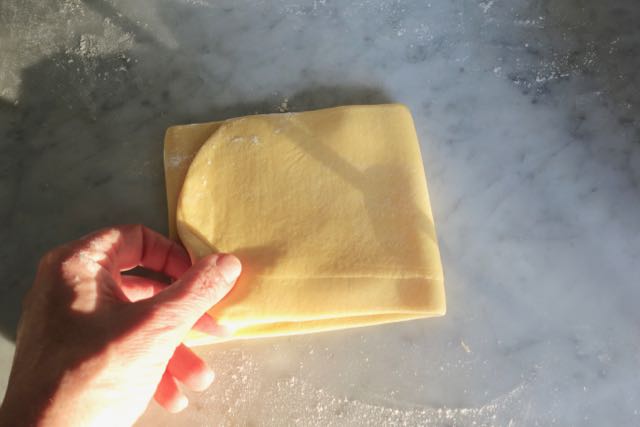
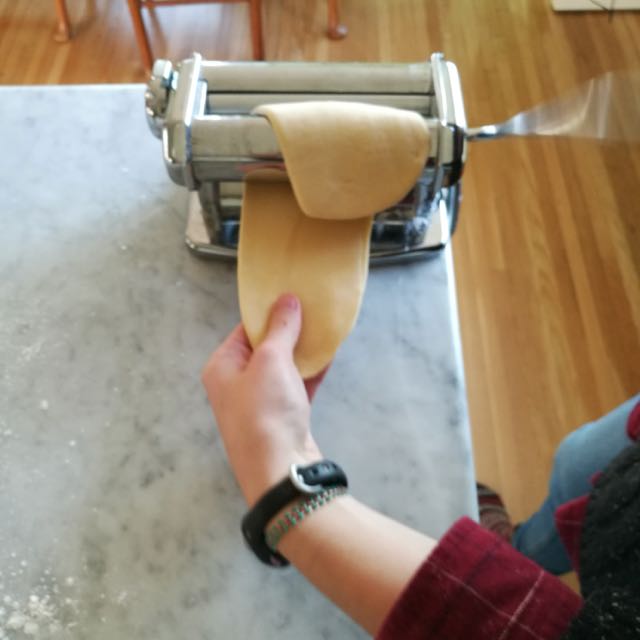
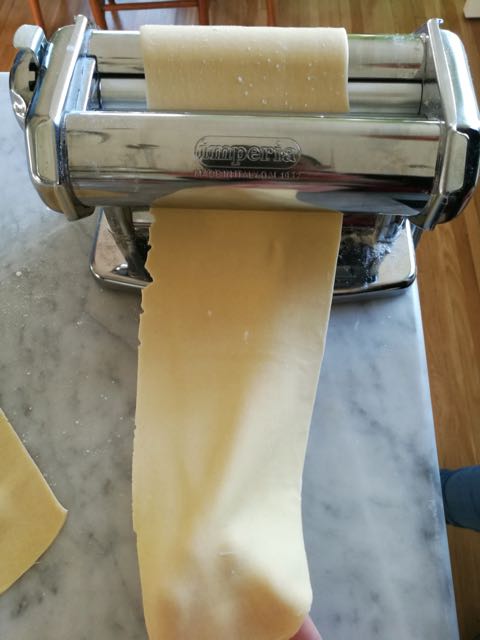
fold, and repeat a couple of times
For stuffed pastas like ravioli, however, you do not want to allow the pasta to dry, but rather you need to work as quickly as possible. The pasta should remain moist, so that the top and bottom of each pasta ‘pillow’ sticks together.
4. MAKING THE TAGLIATELLE
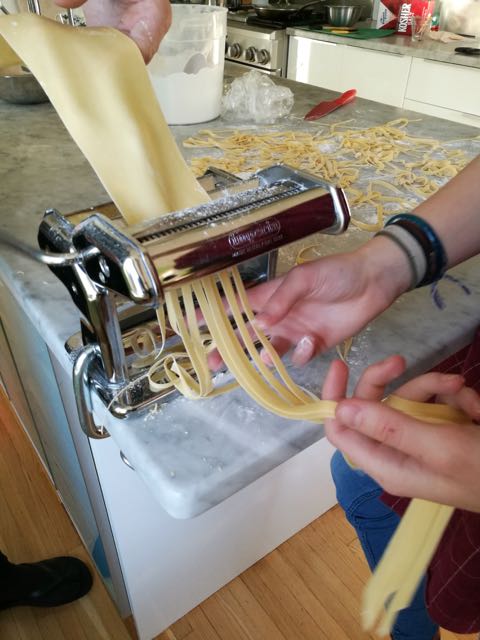
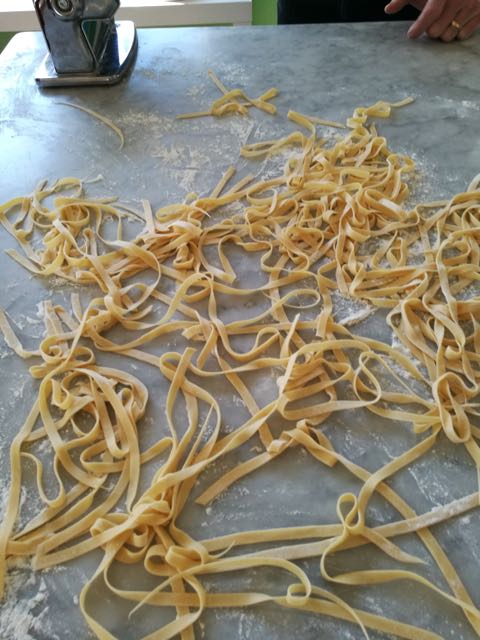
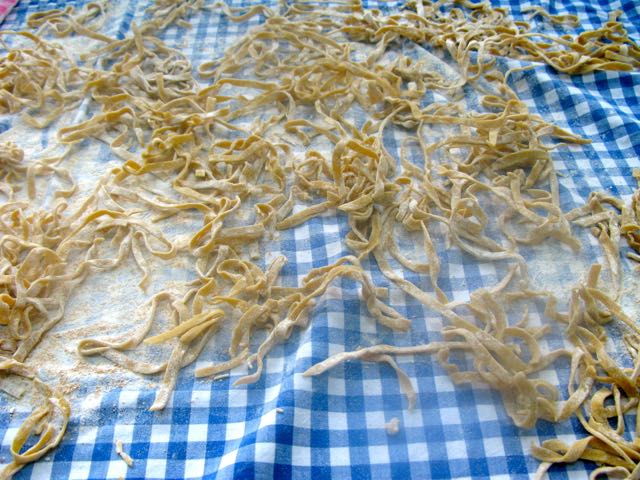
Once dried to the right point, pass the pasta sheets through the cutting attachment of your mixer or pasta ‘machine’.
As the pasta sheet passes through the roller, catch the strands of pasta with your open hand and gently hold them up so they do not fold onto each other. Lay them out on a floured surface (or back on the rack). Depending how thick the pasta sheets are, it is possible that some of the strands will stick together. If this happens, then you can just gently pull the strands apart.
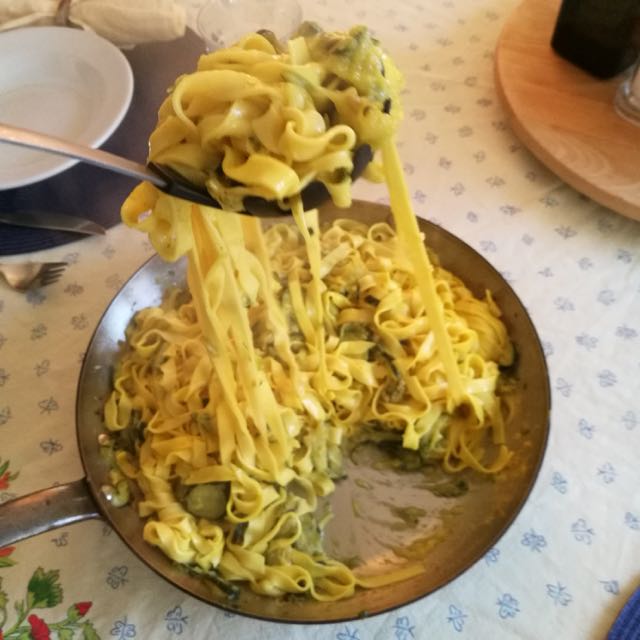
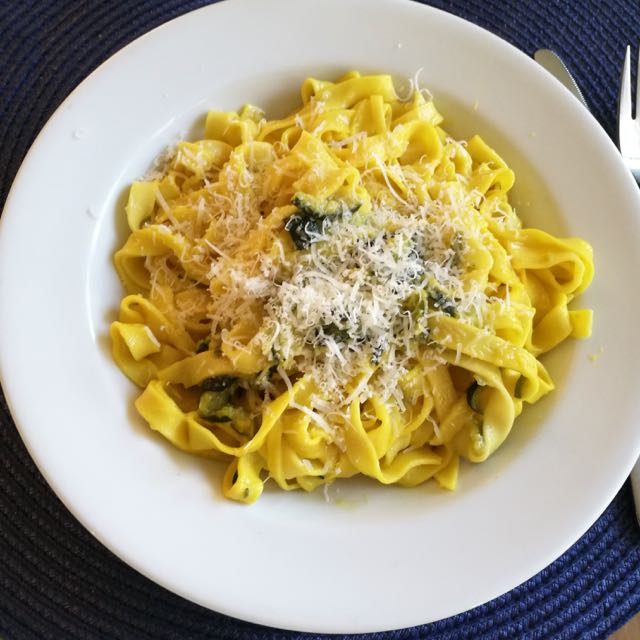
enjoy them with your favorite sauces. Here’s shown with a sauce of zucchini, saffron, and parmesan.
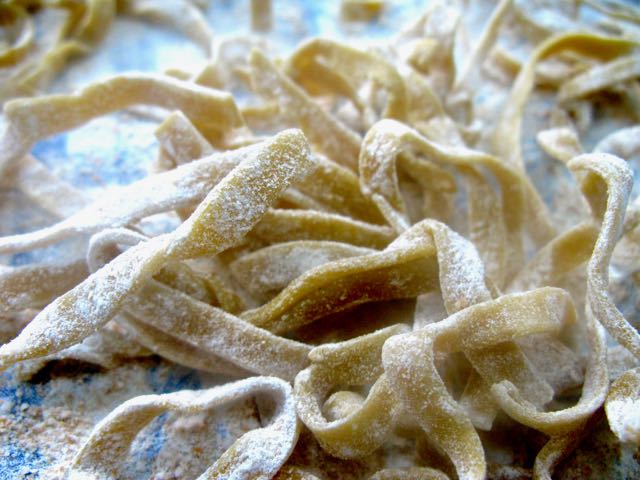
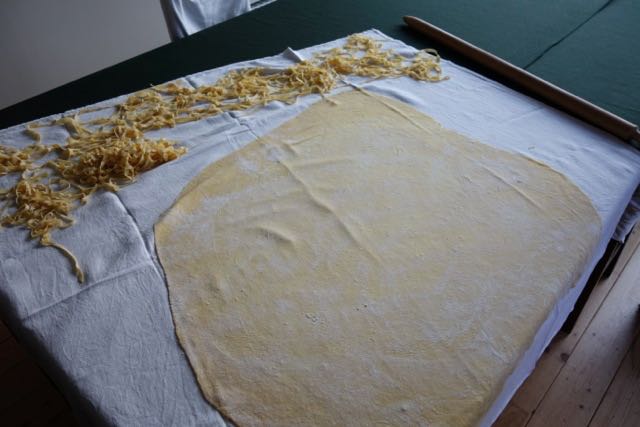
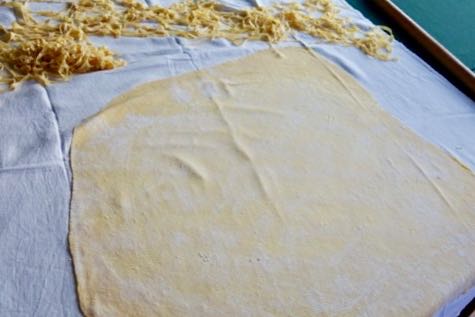








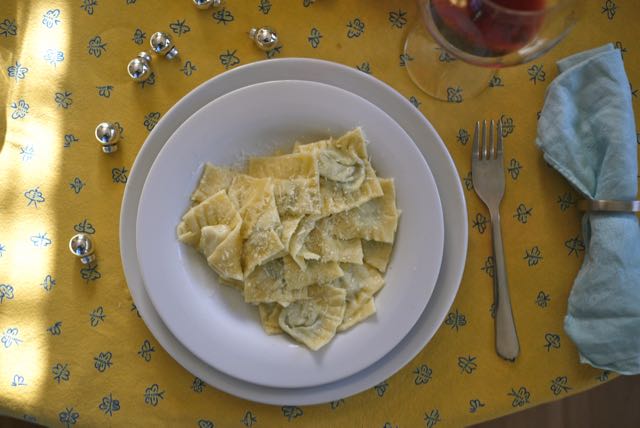

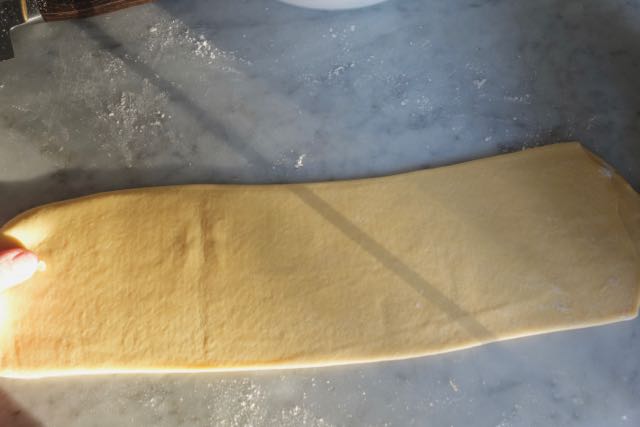
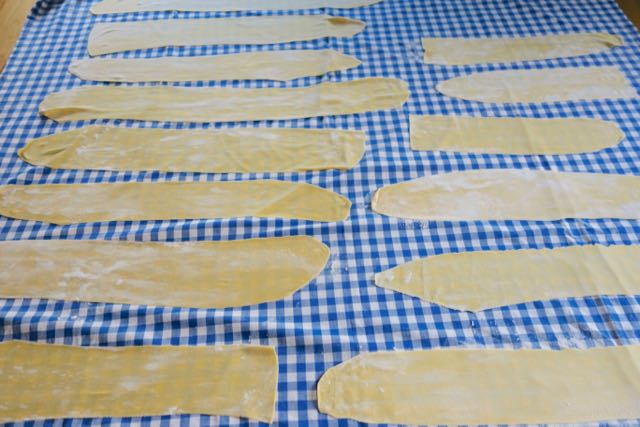
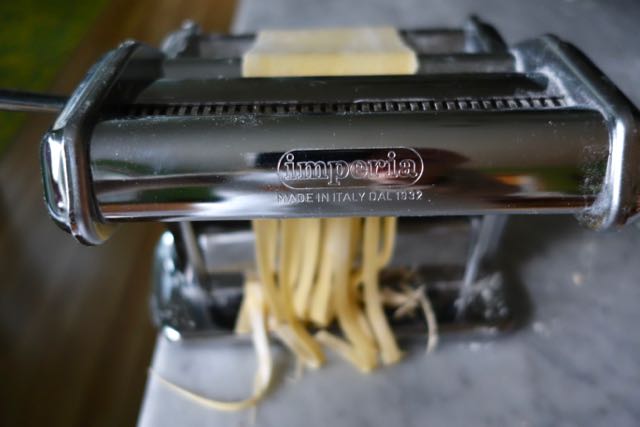
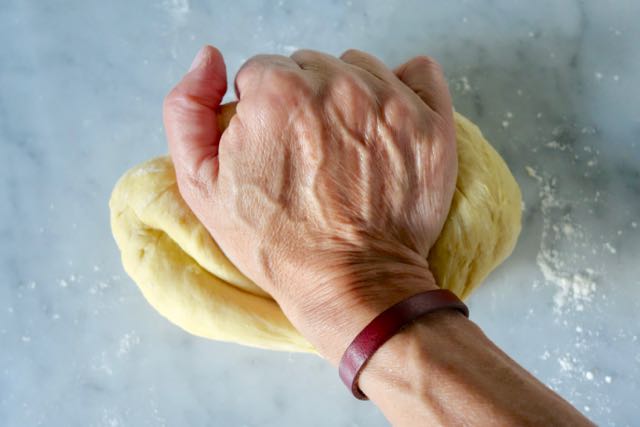

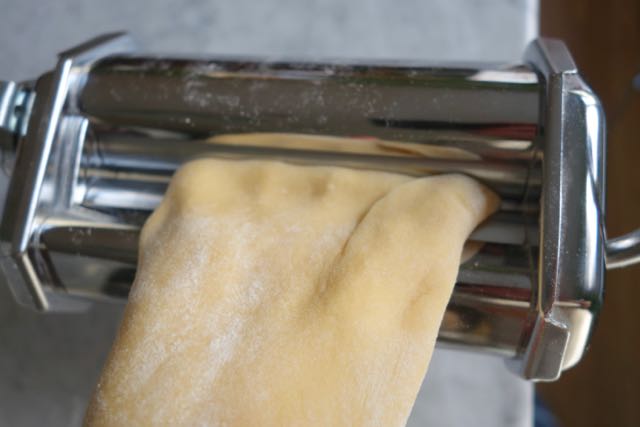

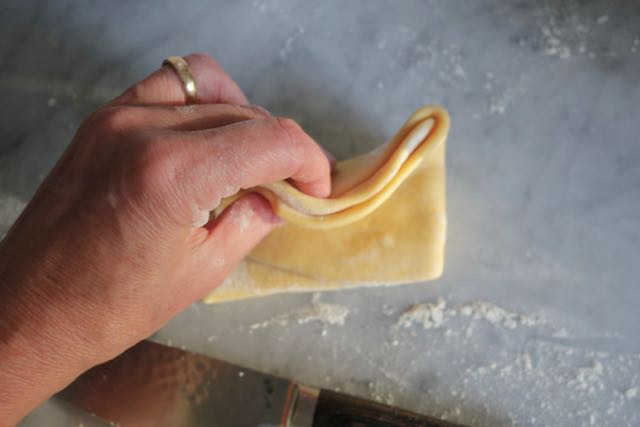
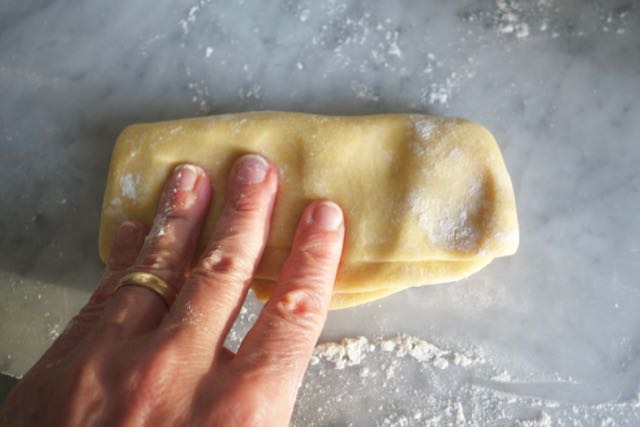
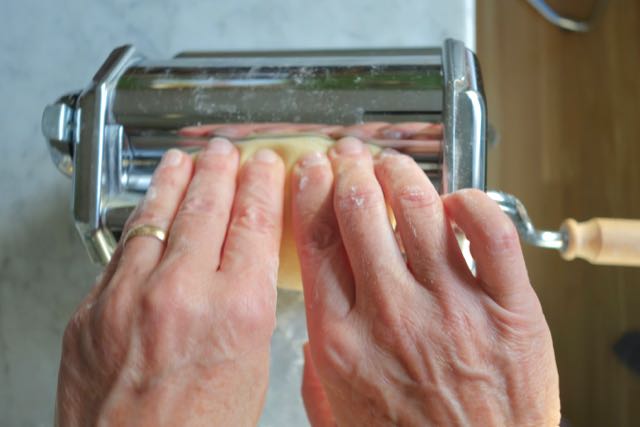


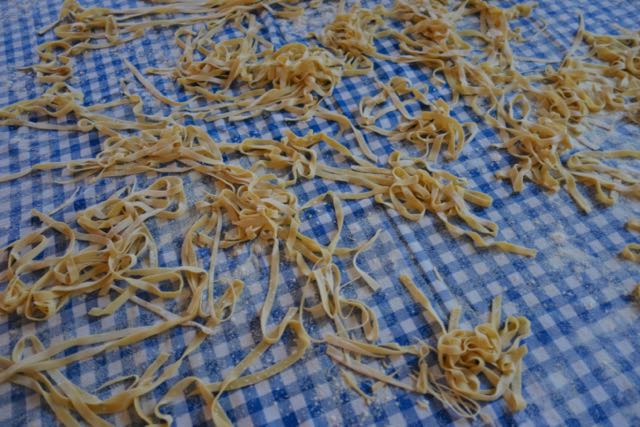

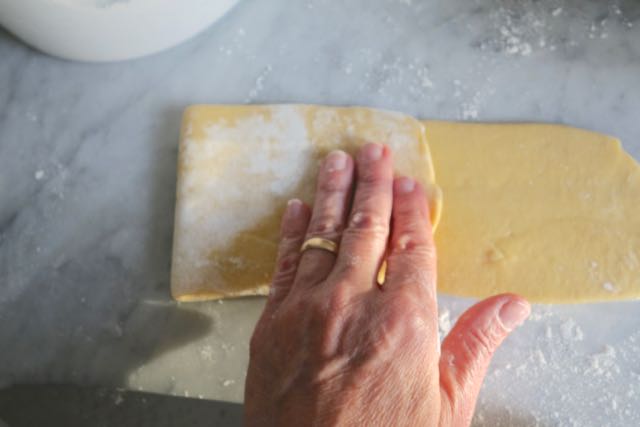
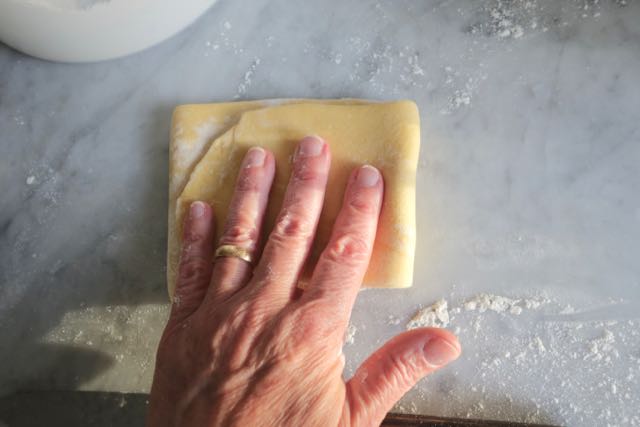
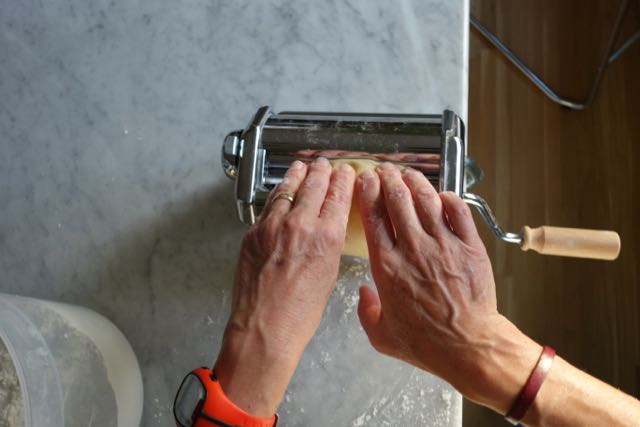

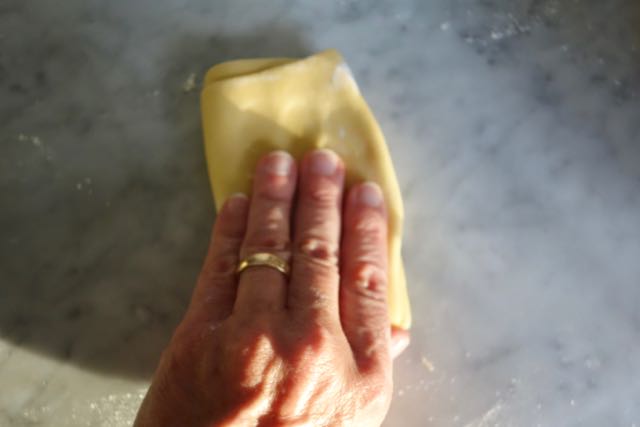
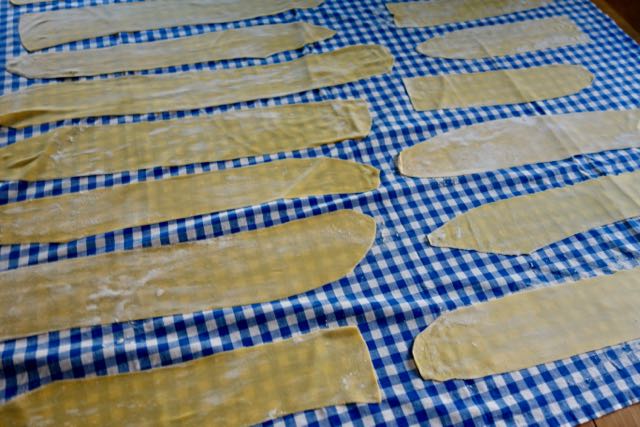
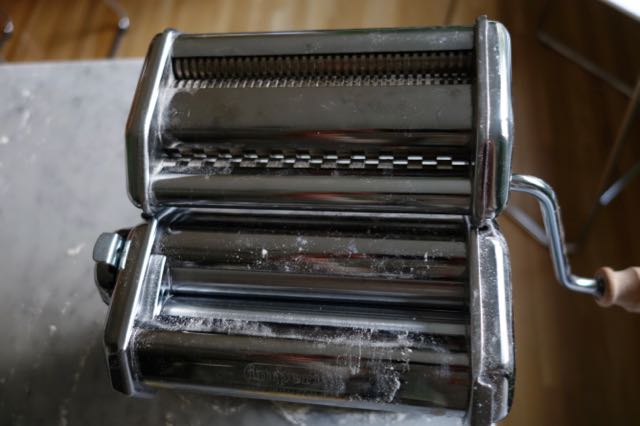
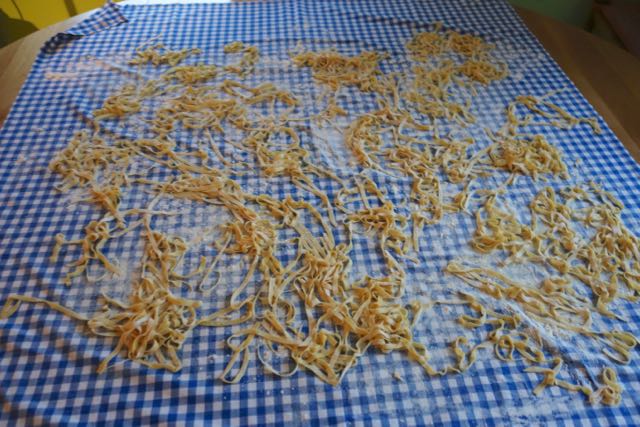
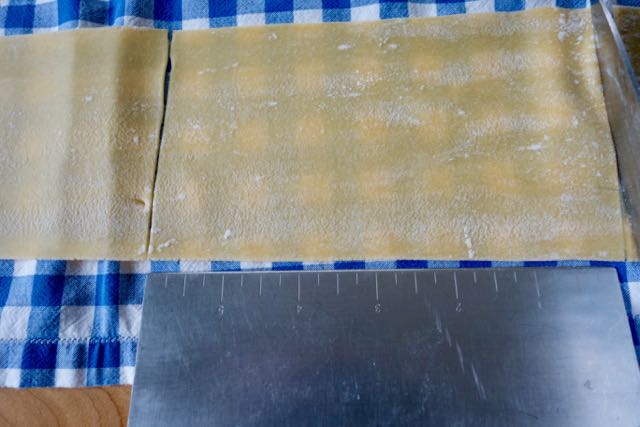

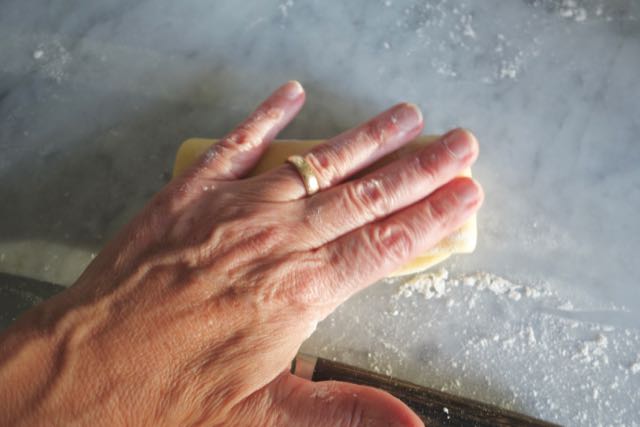
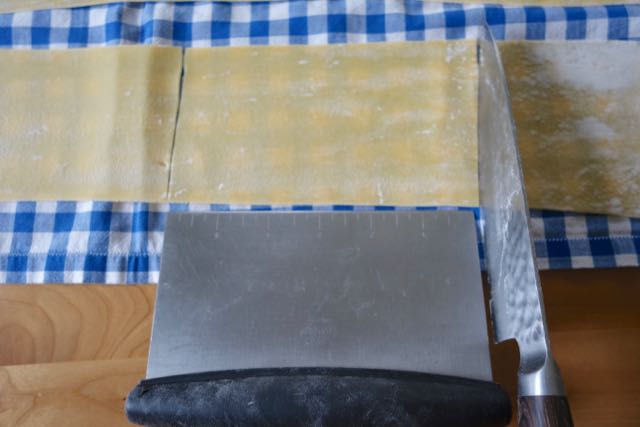
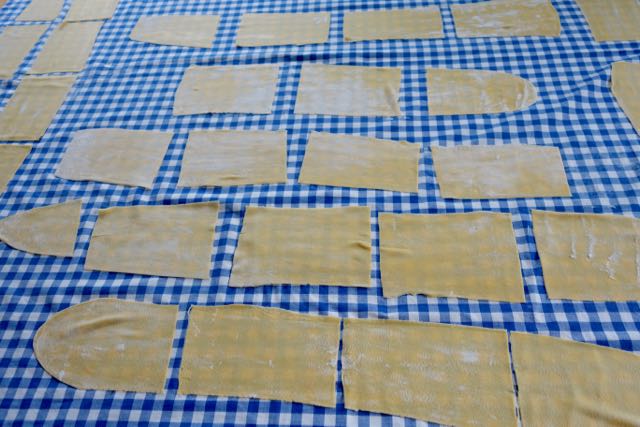
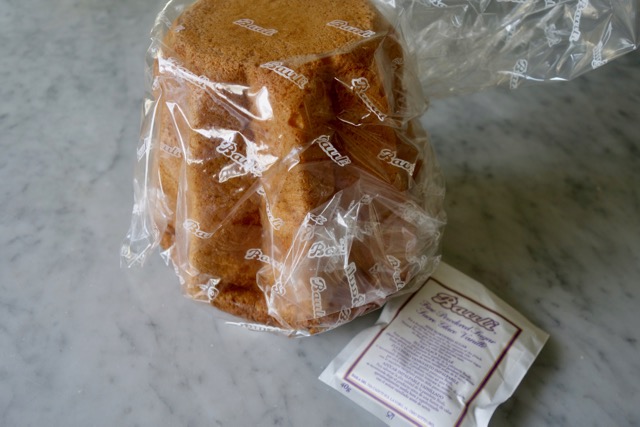
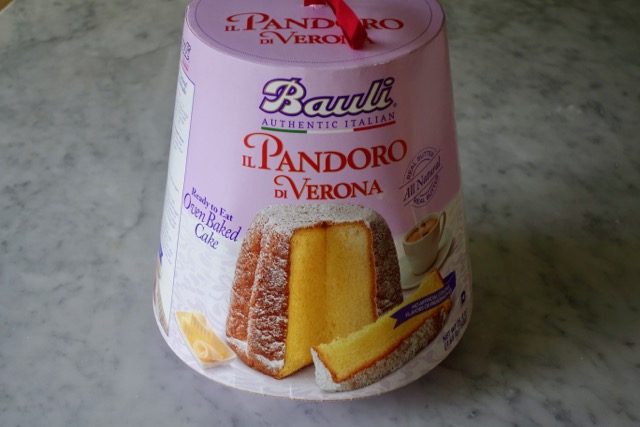
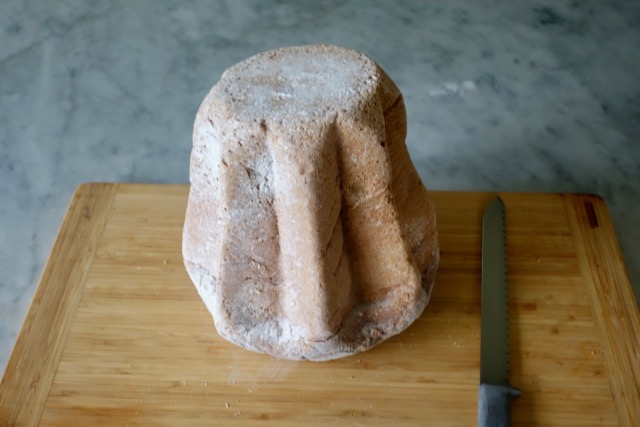
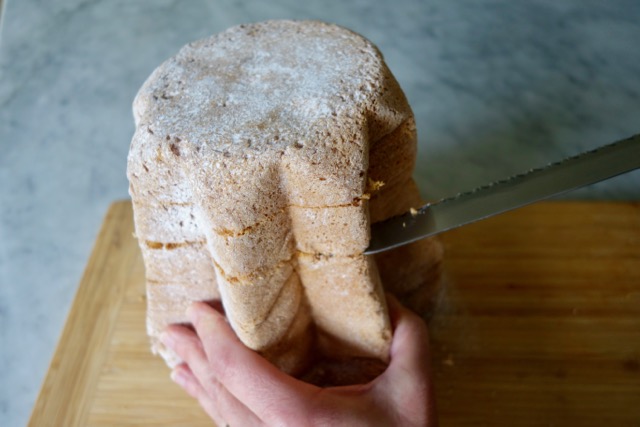
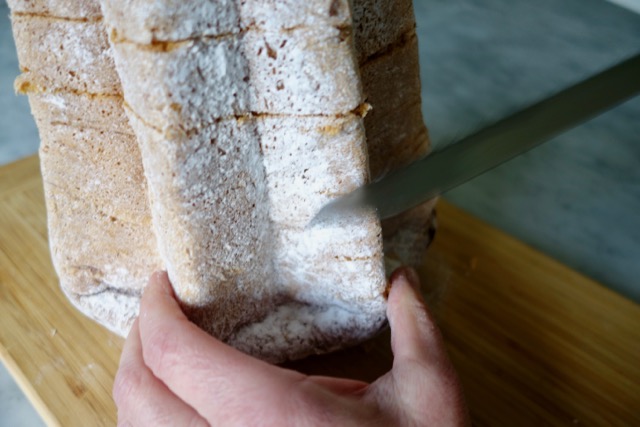
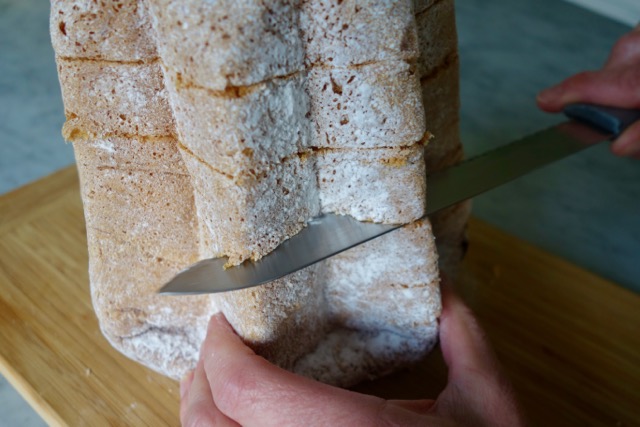
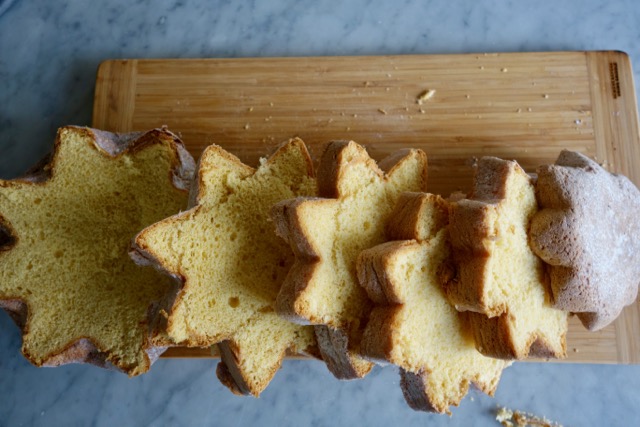
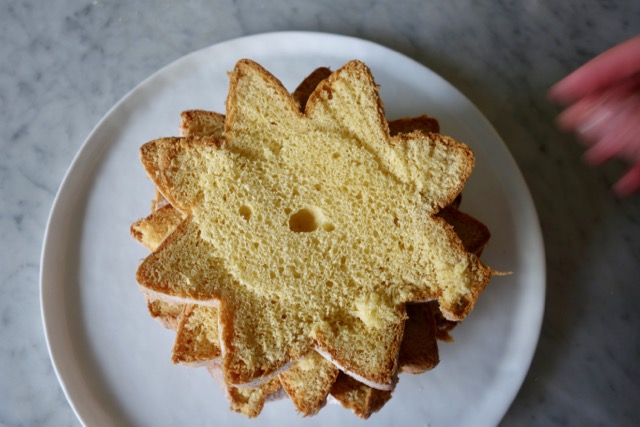
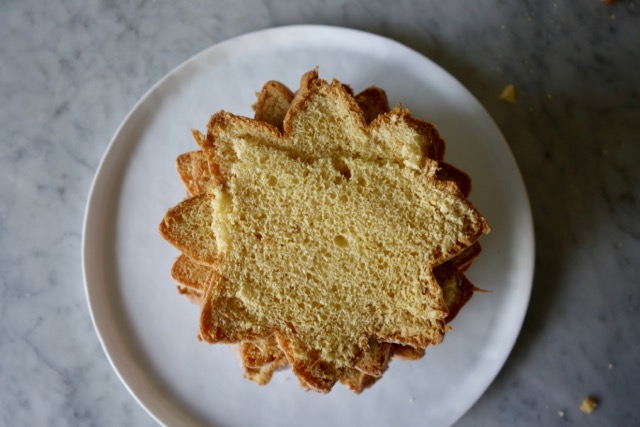
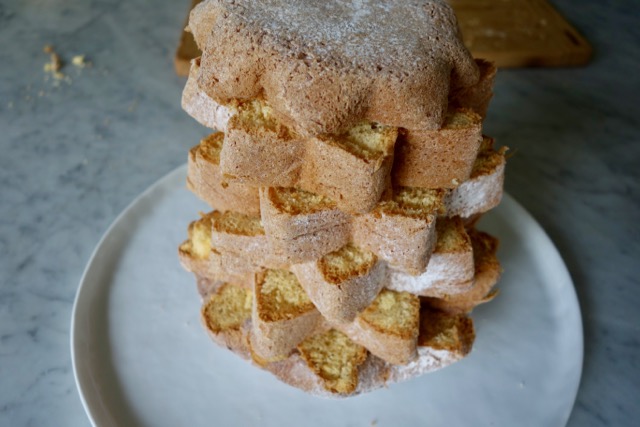
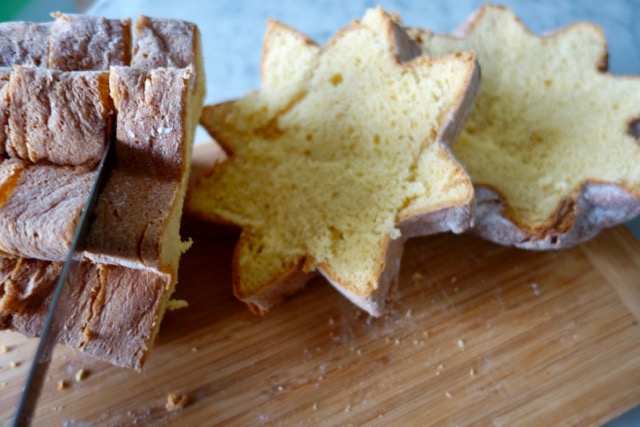
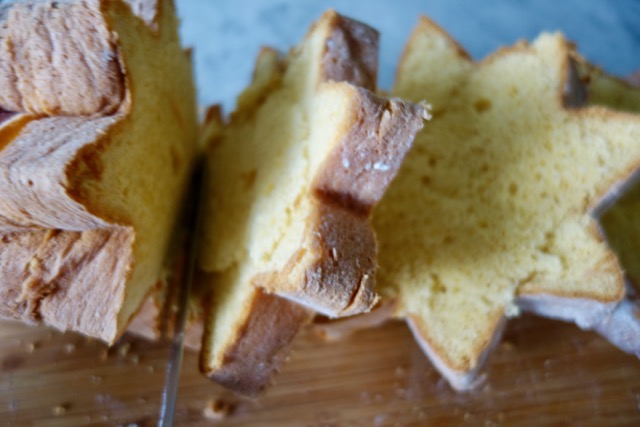

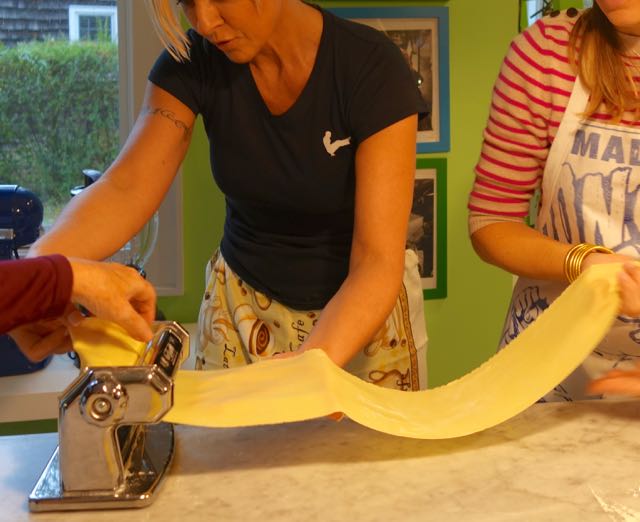



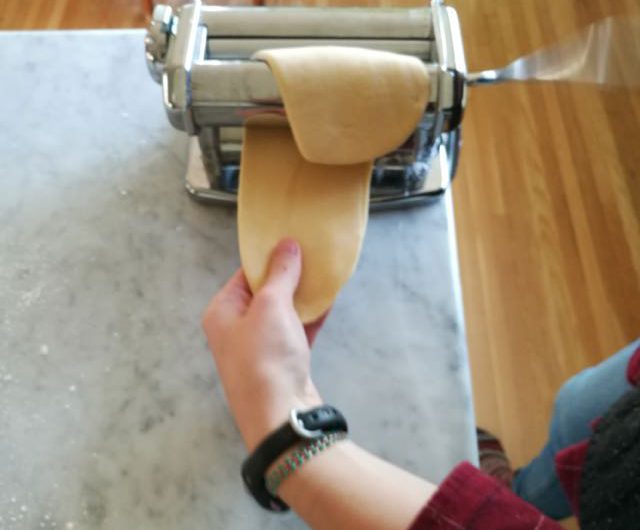
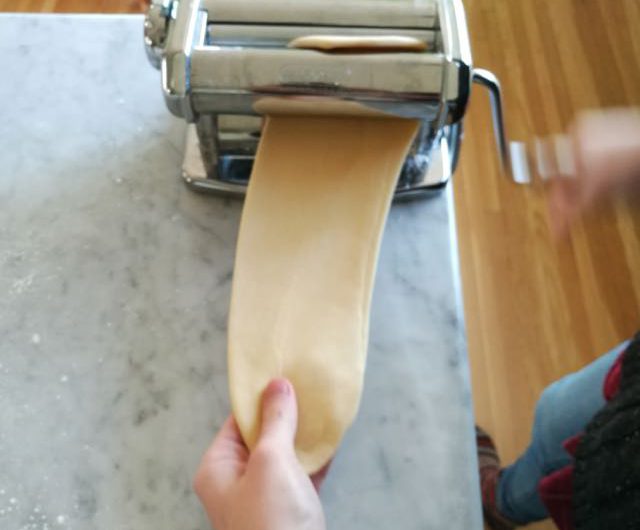
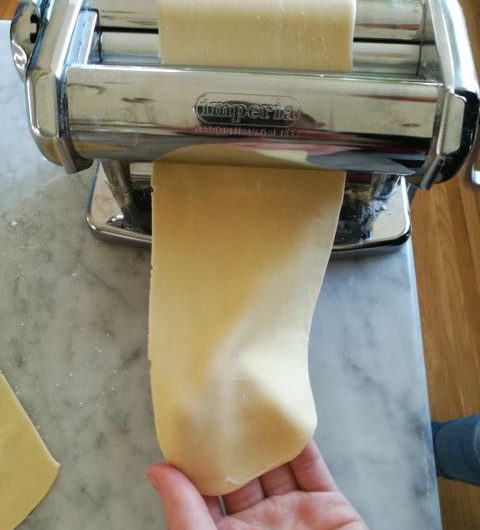
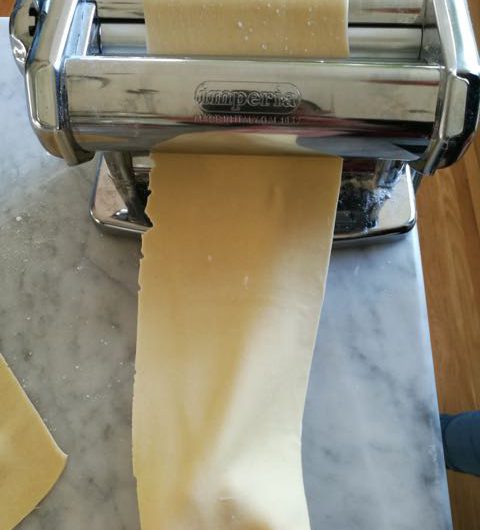
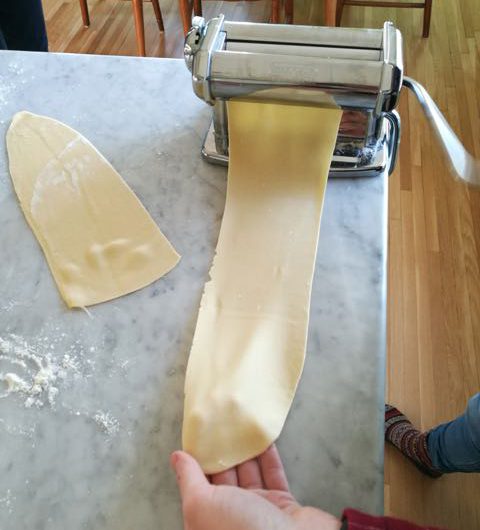
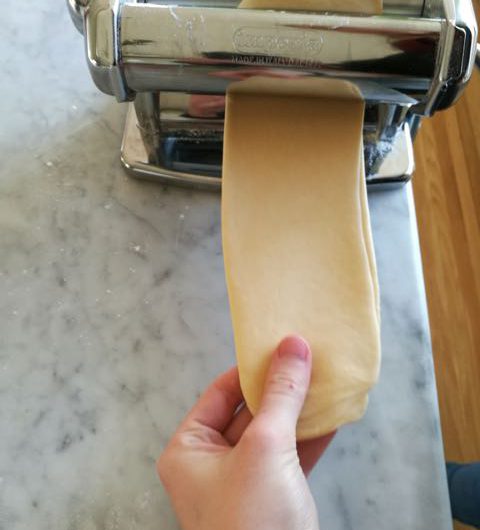
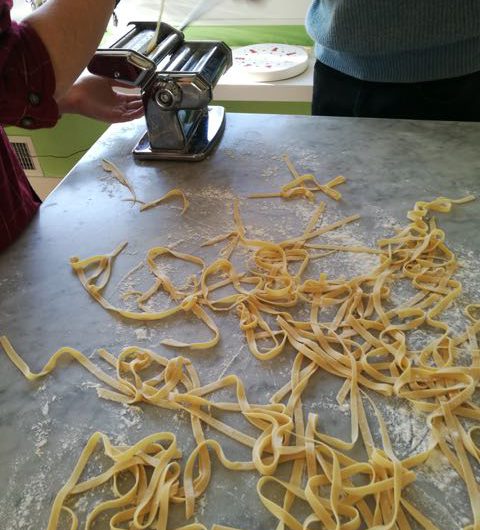
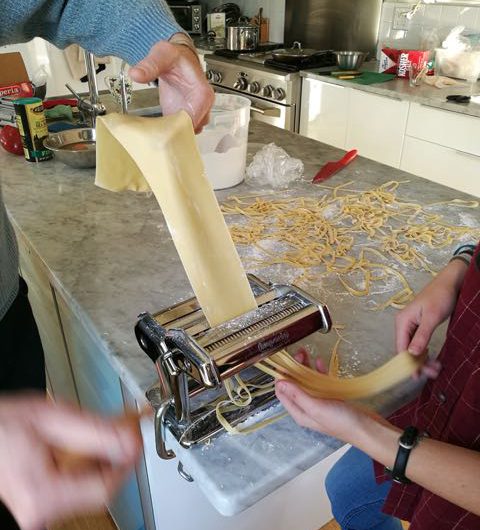
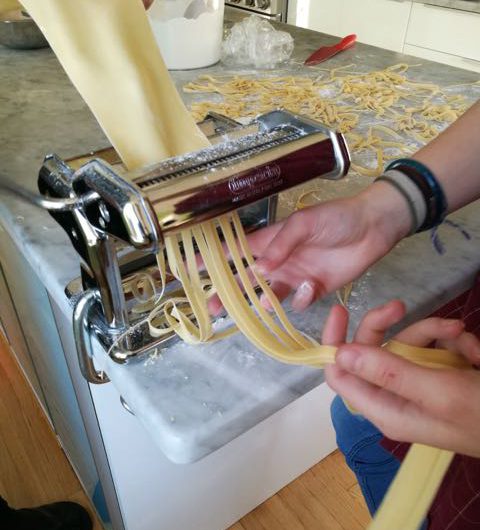
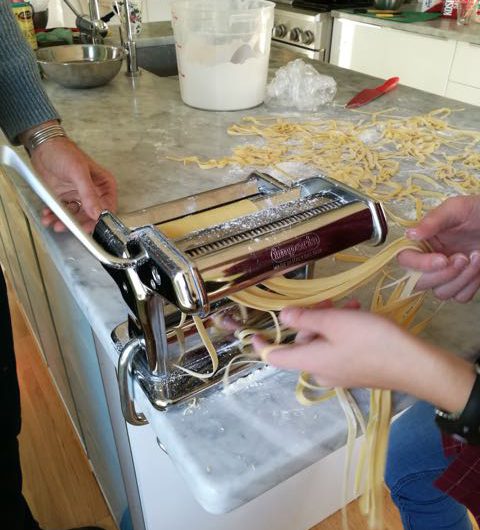
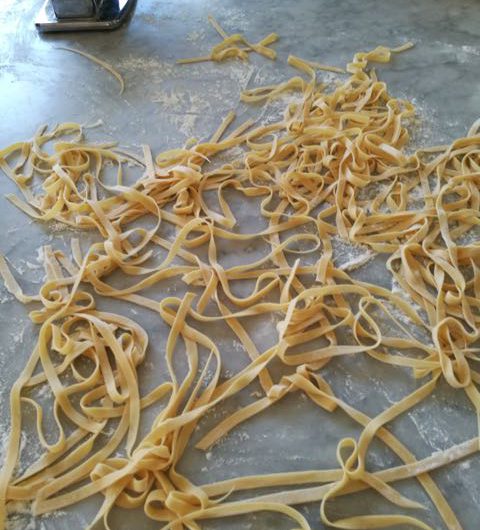
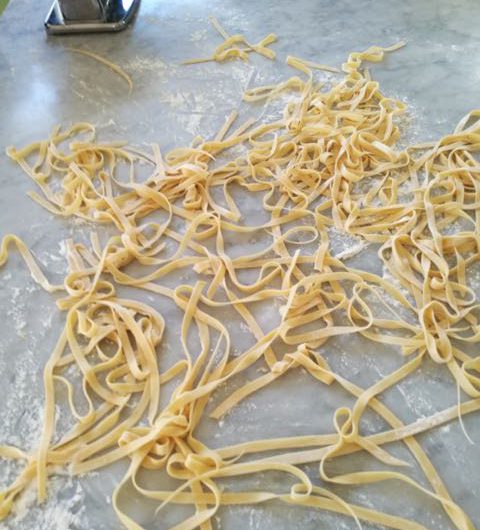
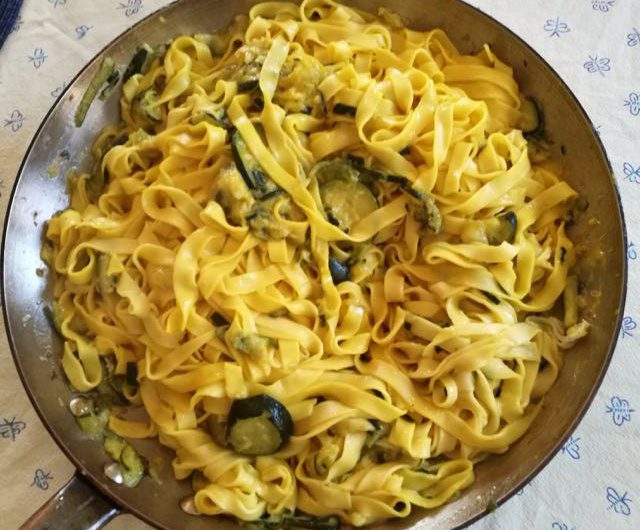
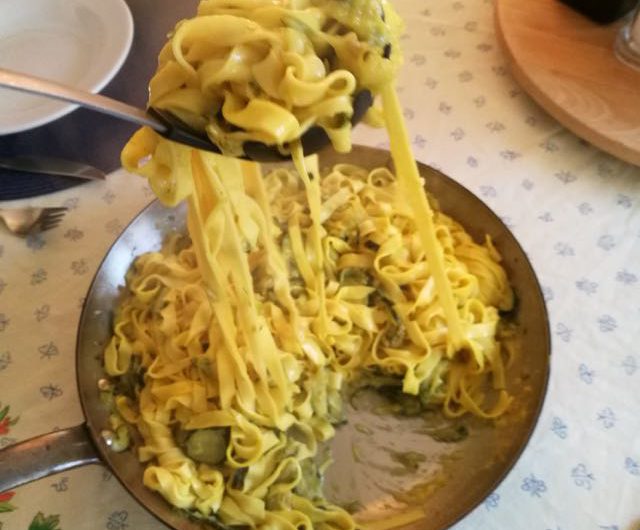

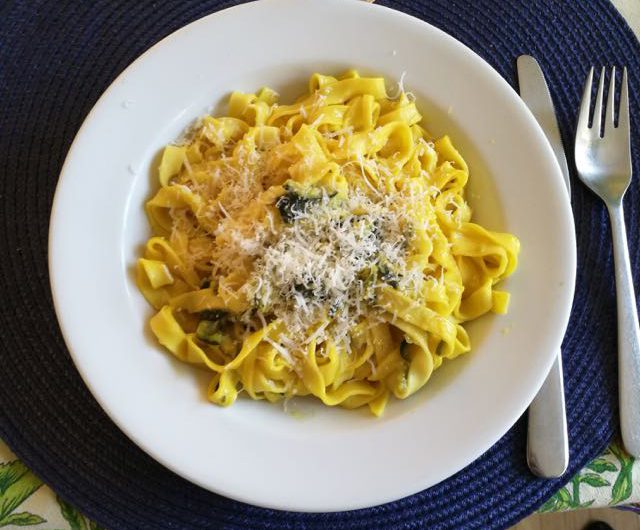
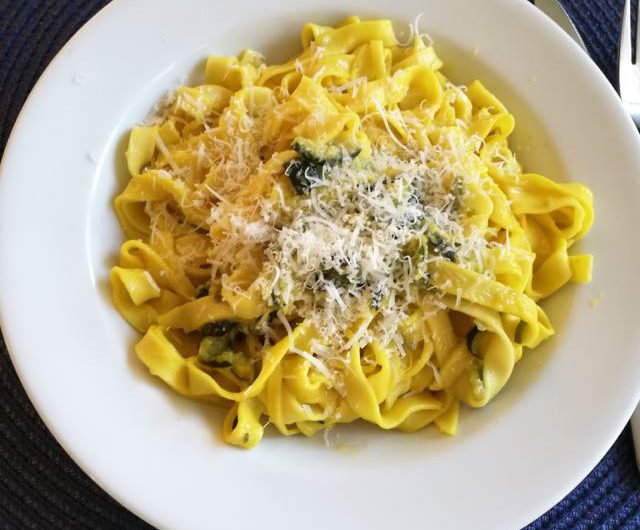
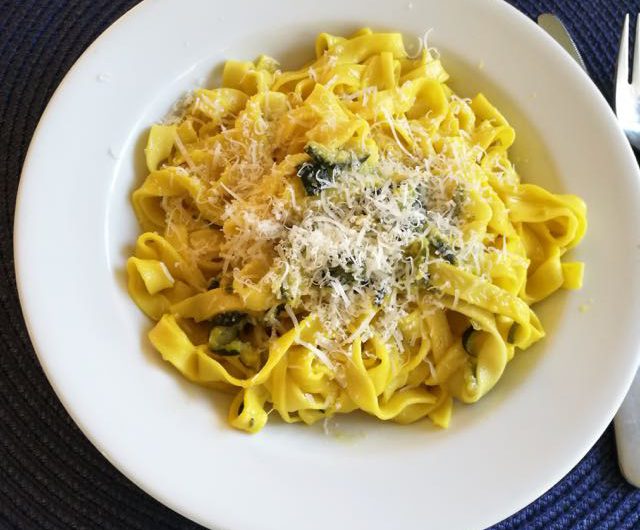



 .
. 




















